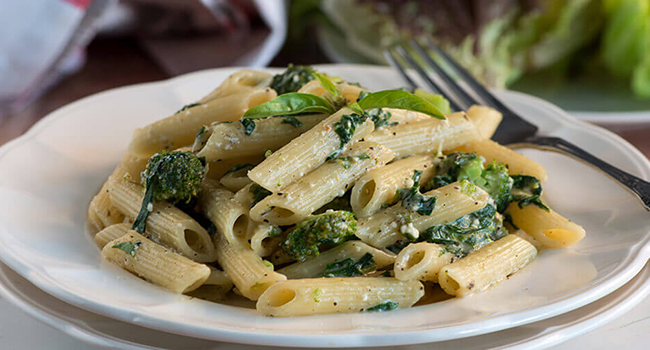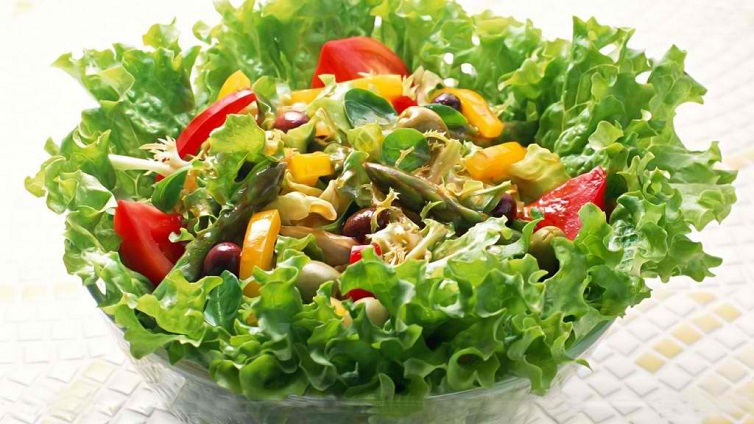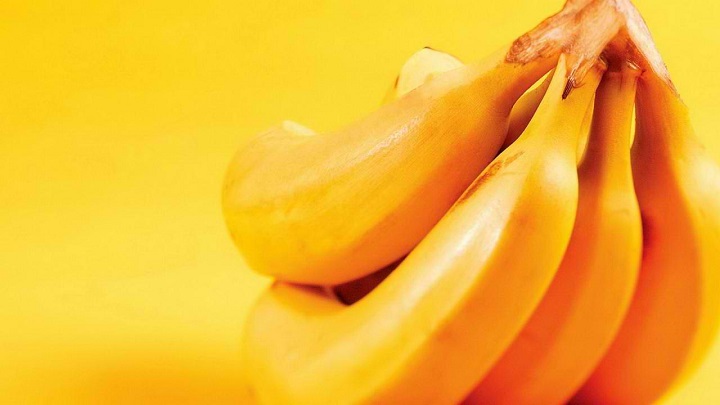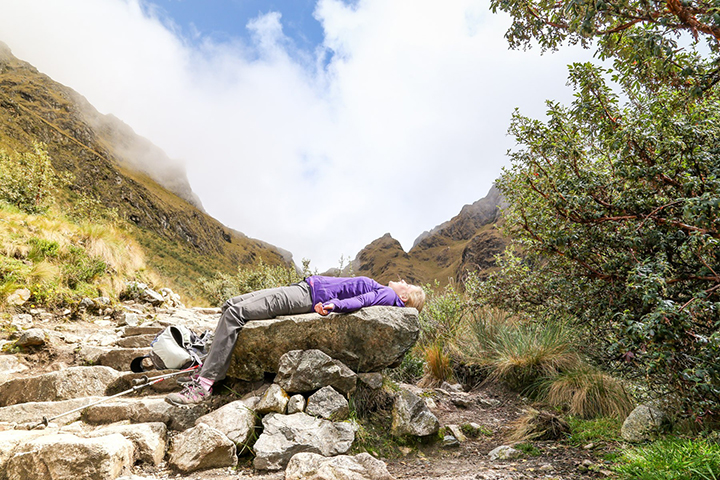As the name suggests, altitude sickness occurs when a person walks or climbs to higher elevations too quickly. Their bodies are not used to these higher levels, as there is less oxygen available.
Mild altitude sickness results in dizziness, headaches, and nausea, while more advanced stages can lead to fluid buildup in the lungs.
The most serious form of the condition causes fluid retention in the brain. Fortunately, most people who experience altitude sickness only get to the point of feeling nauseous and dizzy.
Still, it’s important to ascend to higher elevations slowly and carefully so the body has time to adjust.
Food & Nutrition Diet (Meal Plan) for Altitude Sickness
#1 Recommended Breakfast Diet for Altitude Sickness

When a person is climbing to higher elevations, such as on a hiking trip, 70% of their calories should come from carbohydrates. They’re going to need the energy for their ascension.
Whole grains are a surefire way to start the day off right. Whole grain toast or oatmeal adds complex carbs to a breakfast.
Simple carbs can be useful because hikers and those with altitude sickness need to keep their energy levels strong. Quick-to-digest carbs, such as fruits, pair well with oats or a parfait with yogurt and granola.
#2 Recommended Lunch Diet for Altitude Sickness

Pasta could fit well into a midday meal. Some people with altitude sickness might find that their body responds better to smaller, more frequent meals rather than three square meals per day.
If that is the case, a smaller meal could be pasta with veggies.
Soup can be an awesome and delicious way to get some electrolytes, as well as fluids and nutrients in the body.
Chicken noodle soup, vegetable soup, minestrone; the options are endless. Smoothies might work for those who would like a lighter meal.
#3 Recommended Dinner Diet for Altitude Sickness

The name of the game when it comes to meals for altitude sickness is grains, grains, grains.
Pasta and rice both provide a perfect start for an evening meal.
Vegetables will add to the nutrition that sufferers need, especially particular vitamins and minerals. Chickpeas, fish, potatoes, and chicken contain vitamin B6, which helps relieve symptoms.
Nuts, beans, brown rice, spinach, avocado, and edamame are some food sources of magnesium, which can fight off headaches.
Some ideas for putting these ingredients together into a meal include burrito bowls, stews, and stir-fries.
#4 Recommended Snack Diet for Altitude Sickness

There are many different ways that you can make a quick meal or snack. You can combine spinach, soy or almond milk, and various fruits to make a simple on-the-go snack.
Veggies and peanut butter are easy to pack, and they travel well. They will provide the nutrients, protein, and fats that an active body needs.
People should be careful with energy bars since most are loaded with sugar. However, if they can find a low-sugar product, it can be a convenient snack to have on hand while hiking or walking.
#5 Recommended Drinks for Altitude Sickness

People with altitude sickness should drink 96 to 128 ounces (3 to 4 quarts) of water per day. Hydration is key to combating an upset stomach, dizziness, and headaches.
Electrolytes could be good to have on hand since there might be a lot of climbing or walking involved.
Coconut water naturally contains electrolytes without the added sugar that sports drinks have.
Avoid alcohol, as this can make symptoms worse. Someone who does not know how their body reacts to higher altitudes should be especially careful around alcoholic beverages.
Moreover, caffeine can lead to dehydration, plus it could have a negative effect on sickness.
#6 Recommended Herbs for Altitude Sickness

Although not technically an herb, peppermint oil is another natural headache remedy. In fact, peppermint tea should do the trick, too.
Cayenne pepper has anti-inflammatory properties, so people might want to sprinkle some on their meals. They can also take it in supplement form.
Ginger is a superstar nausea reliever, and it may come in tea form, grated in food, or as a tablet. Some medical professionals recommend ginkgo biloba as a natural altitude sickness prevention supplement.
#7 Recommended Fruits for Altitude Sickness

Fruits that contain a lot of water are the best ones to have on hand while experiencing altitude sickness.
Watermelon is almost 100% water, and grapefruit, honeydew, cantaloupe, papayas, oranges, and pineapple are chock-full of water, too.
An important note is that if a person is traveling abroad and experiences altitude sickness, they should opt for fruits with a peel or skin. For example, bananas, melons, and avocado.
#8 Recommended Vitamins for Altitude Sickness

Vitamin B6 can help with nausea, and it also helps the body use up stored energy from carbohydrates.
Vitamin B6 helps the body produce hemoglobin, which helps to transport oxygen throughout the bloodstream. This vitamin is in many types of meat, as well as whole grain cereals, eggs, milk, soybeans, and many different vegetables. It also comes in supplement form.
Vitamins C and E are full of antioxidants that can reduce symptoms of altitude sickness.
#9 Recommended Minerals for Altitude Sickness

The antioxidants in selenium, zinc, and beta-carotene fight off free radicals that can make symptoms worse.
Magnesium tablets can also be good to have on hand for combating headaches. Alpha-linoleic acid (ALA) is also said to help stave off symptoms of altitude sickness.
Some food sources that provide these minerals include fatty fish, meat, eggs, carrots, nuts, tofu, whole wheat pasta, shiitake mushrooms, sweet potatoes, spinach, cantaloupe, lettuce, red bell peppers, apricots, and broccoli.
These foods also create a rainbow of balanced nutrition.
#10 Discouraged Foods for Altitude Sickness

People with altitude sickness should not eat processed foods, especially those that contain high levels of sodium. These can mess with digestion and make an upset stomach feel even worse.
Alcohol and caffeine can affect sleep, which is going to be terrible for sufferers, so it is best to stick to water, 100% juice, and coconut water.
Some sodas contain caffeine, so that is another thing to be aware of.
Heavy foods, such as those that are fried or loaded with sugar, can contribute to feelings of fatigue and sluggishness. It is best to stay away from these and opt instead for veggies, whole grains, and protein.
*If you have any concerns or questions about your health, you should always consult your doctor before making any changes to your diet or nutrition program.
- READ MORE




